Considerations for Rehabilitating Naturally Disturbed Stands Part 2 Stand Level Treatments and Hydrological Equivalent Clearcut Area
Data and Materials
-
Considerations for Rehabilitating Naturally Disturbed Stands Part 2 Stand Level Treatments and Hydrological Equivalent Clearcut Area PDFDate updated:October 1, 2025, 02:07 (UTC)
Organization
University of British Columbia
No description provided
Additional Info
| Field | Value |
|---|---|
| Author | D. Huggard |
| Publication Year | 2011 |
| License | Creative Commons Attribution-NonCommercial-NoDerivatives |
| Last Updated | October 14, 2025, 23:22 (UTC) |
| Created | October 1, 2025, 02:07 (UTC) |



